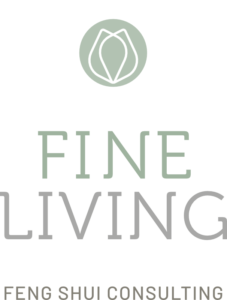
Like choosing the right soil for your plants,
you must also find the right place for your home
THE ART
OF LIVING
Feng Shui is not only the beautification of your living environment and is much more than a mere interior design theory. Its effect includes not only the feeling of living, but also one’s attitude towards life and the ability to communicate. Feng Shui’s teachings promotes health, personal development and human interaction – and makes one’s living environment a source of harmony.
The Origins of Feng Shui
From the first cave dwellings and settlements onward, man has tried to optimize his living environment. This is how Feng Shui came into being.
Feng Shui has its origins in the search for suitable living spaces in nature to settle, which were well protected from the climate and wild animals. The right location was not found only within the characteristics of the environment, but also in its cosmological orientation. Special locations in the landscape were established where the Qi had collected and represented itself in a particularly plentiful way.
Form Branch
In an ideal home, the surroundings harmonize with the house and its inhabitants.
The Form Branch, or Form School, is based on the observation that the forms and textures of the environment shape and influence the people who live there. The overall energy of a place can be positive and supportive of residents, but it
In this context, the shape of the landscape gives clues to its energetic structures, which in China have traditionally been given the names of four animals from Daoist mythology. They also serve to describe the landscape. Thus, a turtle represents a mountain or a chain of hills, mountain ranges to the right and left are called the dragon and the tiger. The terrain in the front is known as the phoenix.
This observation can be applied to a property. The front open area, or the phoenix, is defined by the “Ming Tang”, a Qi gathering place and is associated with ideas, the future, children and money. This area is also referred to “facing” as it serves as the “face” of the house. The turtle, on the other hand, is the rear of the house and represents support, stability, family and health. The turtle is the most important condition for good Feng Shui. There should be space here so that the Qi can gather undisturbed. A hedge or wall are good for this. The left side of the property is the female side, the tiger, which should be less emphasized in the terrain than the opposite male, or dragon side. A tiger that is too large can cause unrest among the inhabitants.
The Five Elements Doctrine
The harmonization of rooms is based, among other things, on the five elements doctrine.
Since Chinese antiquity, the doctrine of the Five Elements has described the five manifestations of matter: fire, earth, metal, water and wood. They are traditionally assigned to the seasons and cardinal points and are
Hexagrams and Kuas
The hexagrams are a medium to describe the subtleties of a person and a place.
The eight trigrams can be combined with each other, with the resulting 64 hexagrams being the basis for all things in the universe, the so-called “10,000 things”. These, in turn, are the basis of all the wisdom
Cardinal points
A mindful way of life enables us to perceive subtle energies in our environment.
In Feng Shui, north, south, east and west are expanded even further. There are a total of 24 cardinal directions, all of which have different effects on people and their surroundings. With the Chinese compass Luopan, a Feng Shui consultant can determine the effects of these 24 cardinal directions, also known as the 24 mountains, on a particular location and the people living there.
Ho Tu, The Early Heaven
The so-called “early heaven” reveals the world in its original state.
One of the many origin legends of Ho Tu, the early or former heaven, tells of a dragon with a diagram on its body that rose from a river over 6,000 years ago. The diagram was the first time
The Seasons
In Feng Shui, in addition to the typically known seasons, there are other, more subtle expressions.
The four known seasons spring, summer, autumn and winter are assigned in Feng Shui to the elements fire, metal, water and wood. Like the cardinal points, they are also further broken down into the 24 climatic phases of the Chinese year. It starts with the beginning of spring at the beginning of February and ends with the minor and greater cold in January.
Luopan / Compass Branch
The Chinese compass Luopan is the guide for good Feng Shui.
The Luopan is the main instrument of Feng Shui consulting and is used to measure the flow of Qi at specific locations on site. The Luopan finely divides the known four cardinal
Luo Shu, the later heaven
The so-called “Later Heaven” is a symbol of the world in transition.
According to legend, Emperor Fu Xi was also involved in the origin of the Luo Shu and is said to have seen a turtle with a diagram on its back rise from the water. This diagram forms the numerical sequence of the later heaven, Lo Shu. Lo Shu is also called the magic square as the sums of each column total the number 15.
Qi
The flow of Qi in a home is essential for the well-being of its inhabitants.
The ancient Chinese teaching of Feng Shui focuses on the flow of energy known as Qi. Qi is the invisible, universal life energy that runs through all objects and living beings, influencing
Tai Chi
The center of a house should be a peaceful zone.
Tai Chi represents the totality of all forces in nature and the joint action of Yin and Yang. In Feng Shui, Tai Chi symbolizes the center of the house. It is of great importance to make this area quiet and peaceful, with the center of the house ideally remaining empty.
Trigrams
The trigrams are a kind of code for evaluating different forms of Qi.
Each of the eight trigrams consists of three superimposed lines. The broken lines represent the Yin force, with the solid lines representing the Yang. The trigrams symbolize the eight compass points and are assigned to mother, father, sons and daughters. The teaching of the trigrams comes from the I Ching, the oldest of texts of classical Chinese wisdom and its history of origin can be traced back to the 3rd millennium BC.
Yin and Yang
Our life takes place within the fluctuation of Yin and Yang and a harmonious home unites them both.
Yin and Yang stand for the principles of the male and female. They influence and complement each other reciprocally. If the Yang rises, the Yin drops, and vice versa; and both cannot exist without their opposite polarity. Yin and Yang are also referred to in classical Chinese literature as the two states of the one Qi. After the appearance of Qi in the world, it divided into Yin and Yang.
Yuen Hom Imperial (IFS) Feng Shui
The methods of Yuen Hom Imperial Feng Shui are used to determine and optimize the Qi flow of a home.
The 64 hexagrams and kuas are the focus of the Yuen Hom Imperial Feng Shui (IFS) practiced at Fine Living. This form of Feng Shui was reserved exclusively for emperors in ancient China as it required secret knowledge that very few possessed. Fine Living works with exactly these original methods of IFS to examine the Qi flow of a building and to improve it through specific design measures. The connection and harmonization of energy with the inhabitants to the house is the second important pillar of IFS.



